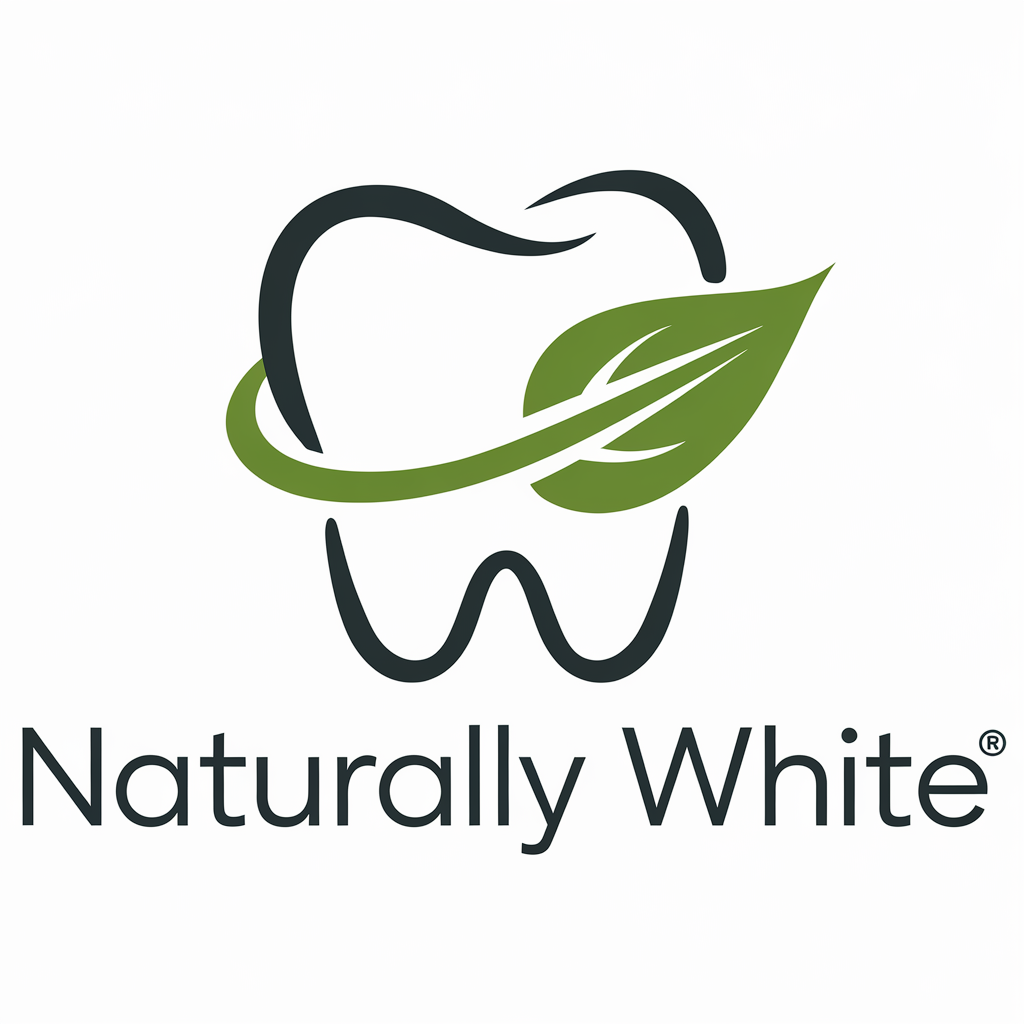
A wonderful and unexpected benefit that often comes with having Naturally White laser teeth whitening
at Dublin Vitality Centre is the renewed interest in caring for teeth. Suddenly, we notice our
teeth, and we have a reason to ensure they stay healthy. How many of us give a second thought
about how we brush our teeth?
Get a brighter whiter smile with Naturally White Smile White laser teeth whitening at Dublin Vitality Center. Naturally White Smile White Laser Teeth whitening takes 1 hour. At Dublin Vitality Center, we provide a 15 minute consultation for each client as part of your teeth whitening treatment. The Naturally White Smile White laser teeth whitening system does not damage enemal as there is no harmful peroxide used. It does not cause sensitivity or painful sensations during treatment.

ignored. Unfortunately, brushing cannot reach these areas. That is why it is important to
complement brushing with flossing. Dentists recommend flossing at least once a day,
preferably before bedtime.
Naturally White Laser Teeth Whitening – The Gentle Path to a Radiant Smile
At Dublin Vitality Center, we are excited to offer Naturally White™, a laser teeth whitening treatment created with your health and safety as a priority. Our center has always been dedicated to holistic care, providing treatments that are both natural and effective, ensuring our clients receive the best care possible.
With Naturally White™, we continue this commitment by offering a whitening solution free from harmful peroxide, protecting your enamel and eliminating sensitivity during treatment. Every client also benefits from a 15-minute consultation to ensure a tailored experience, reflecting our focus on personalized, well-rounded care.
Discover a brighter smile with Naturally White™, a treatment that fits perfectly with our long-standing holistic approach
Dublin 15
Vitality Centre
48 Rushbrook
Dublin 15
Ireland
Tel: 085 767 6468
City Centre
Vitality Centre
75B Dorset Street
Dublin 1
Ireland
Tel: 087 788 3438
© 2024. All rights reserved. The use of this website is governed by T&Cs..
Any information is not meant to replace advice from a medical doctor. Any supplement treatment, lifestyle or dietary changes should be undertaken only after consultation with a medical physician.
Dublin Vitality Centre® is a registered I-ACT International Colonic Hydrotherapy Training School.